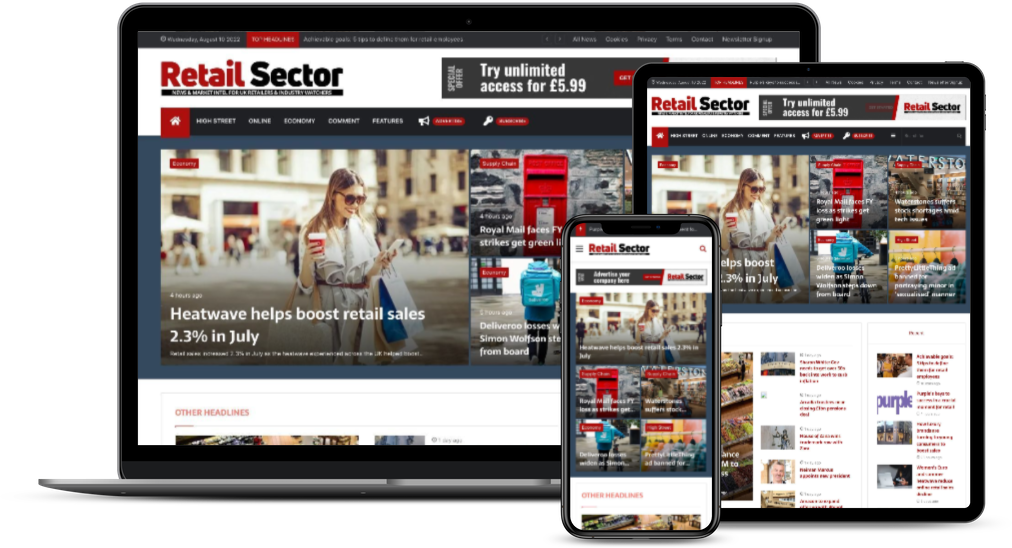Understanding, influence and drive – Challenging change management

We’ve all heard the saying ‘change is the only constant in life’. As retailers know, and in some cases have learnt the hard way, this can definitely be applied to their industry.

Join 15,000 retail professionals with a membership
Get unlimited access and stay in the know. First-year special offer pricing. Cancel any time.
You have read 2/2 free articles this month.

How many members should have access to the subscription?
Monthly
Yearly
Save £9.89
No, thanks
I already have an account

We’ve all heard the saying ‘change is the only constant in life’. As retailers know, and in some cases have learnt the hard way, this can definitely be applied to their industry.